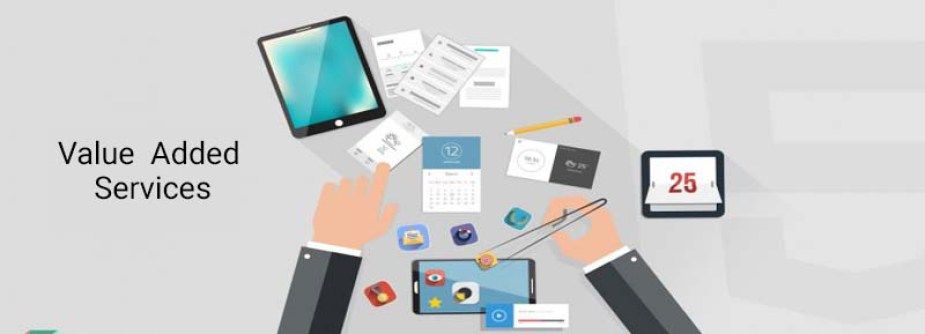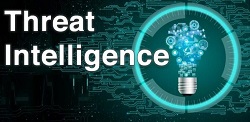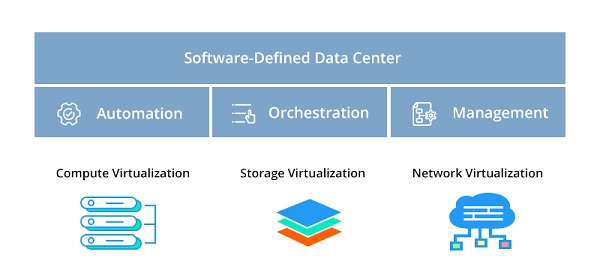In today’s digital age, educational content is increasingly being distributed and consumed online. However, with this ease of access also comes the risk of piracy and illegal distribution of copyrighted material. This is where Digital Rights Management (DRM) and anti-piracy measures play a crucial role in protecting educational content.
DRM and anti-piracy measures for educational content protection typically involve encryption and watermarking technologies to prevent unauthorized copying and distribution of educational materials. These measures also help to protect the intellectual property of educators and educational institutions.
One of the biggest challenges faced by educators and educational institutions is finding the right balance between protecting their content and providing an accessible and user-friendly learning experience. DRM and anti-piracy measures can help to strike this balance by allowing educators to control access to their content while still providing an engaging and interactive learning experience.
One common DRM method used for educational content protection is to require users to log in to a secure platform in order to access the content. This helps to ensure that only authorized users are able to access the educational material. Watermarking and encryption can also be used to prevent unauthorized copying and distribution of the content.
While DRM and anti-piracy measures can be effective in protecting educational content, it is important to also consider the ethical implications of these measures. Educators and educational institutions must ensure that their DRM and anti-piracy measures do not unfairly restrict access to education for those who may not have the financial means to pay for access.
In addition to ethical considerations, there are also practical considerations when implementing DRM and anti-piracy measures for educational content protection. These measures can add additional costs and complexity to the distribution of educational materials, and may require significant investment in technology and infrastructure.
In conclusion, DRM and anti-piracy measures play an important role in protecting educational content from piracy and illegal distribution. However, it is important for educators and educational institutions to carefully consider the balance between content protection and providing an accessible and user-friendly learning experience. By implementing the right measures and considering the ethical and practical implications, educational content can be protected while still being made available to all who can benefit from it.







